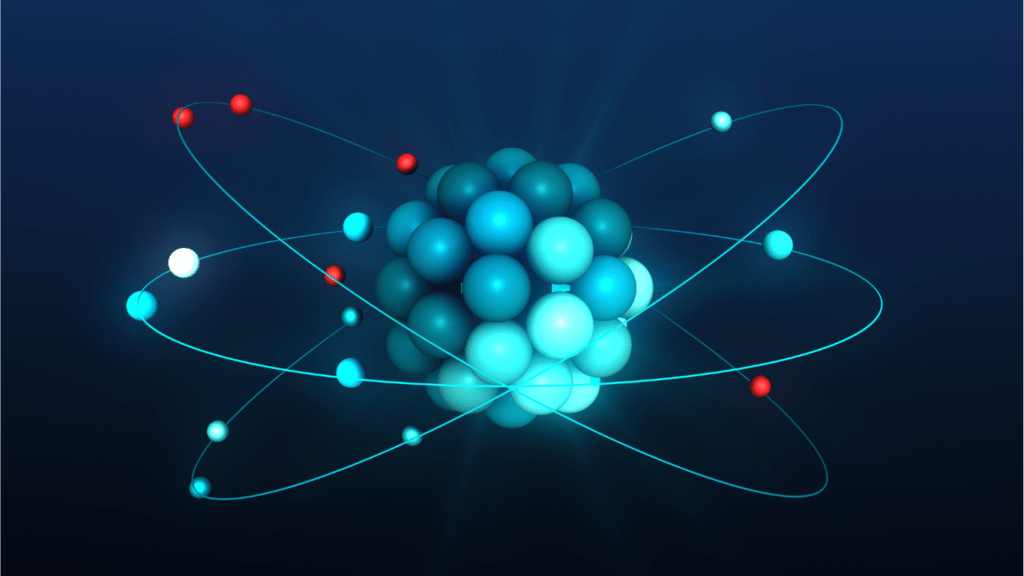Nanotechnology, the realm of infinitesimal wonders, holds the promise of revolutionizing industries and transforming our world. At the intersection of science and engineering, it’s a domain where the minuscule reigns supreme, offering boundless possibilities for innovation and advancement. From enhancing drug delivery systems to creating ultra-lightweight yet incredibly strong materials, nanotechnology is reshaping the landscape of technology as we know it.
Advancements and Breakthroughs
Understanding Nanotechnology
The Basics of Nanoscale Science
Nanoscale science deals with phenomena and materials at the nanometer scale, where one nanometer is equivalent to one-billionth of a meter. At this tiny scale, materials exhibit unique properties not found in larger counterparts. These properties can be leveraged to develop advanced technologies with superior performance. For example, nanoparticles possess a high surface area-to-volume ratio, making them excellent for applications in drug delivery, catalysts, and electronics.Historical Perspective of Nanotechnology
The concept of nanotechnology traces back to a talk by physicist Richard Feynman in 1959, where he discussed the potential for manipulating individual atoms and molecules. However, it wasn’t until the 1980s that the field truly began to take shape with the development of tools like the scanning tunneling microscope. This breakthrough enabled scientists to observe and manipulate matter at the nanoscale, paving the way for the revolutionary advancements we see today.Applications of Nanotechnology
In Medicine: Drug Delivery and Diagnostics
- In medicine, nanotechnology offers revolutionary advancements in drug delivery and diagnostics. Nanoparticles can be engineered to target specific cells or tissues in the body, allowing for more precise and effective treatment of diseases. For instance, nanomedicine uses nanoparticles to deliver drugs directly to cancer cells, minimizing side effects on healthy tissues. Nanoscale materials also play a crucial role in improving diagnostic techniques, such as biosensors that detect biomarkers for early disease detection.
In Electronics: Smaller and Faster Devices
- Nanotechnology plays a pivotal role in the electronics industry, enabling the development of smaller and faster devices. By manipulating materials at the nanoscale, electronic components like transistors can be miniaturized, leading to more powerful and energy-efficient devices. Nanomaterials such as carbon nanotubes and quantum dots are used to enhance the performance of electronic products, pushing the boundaries of what is possible in terms of speed and efficiency.
In Energy: Solar Cells and Fuel Efficiency
- The application of nanotechnology in the energy sector has led to significant improvements in solar cells and fuel efficiency. Nanomaterials can enhance the absorption of sunlight in solar cells, increasing their efficiency in converting solar energy into electricity. Moreover, nanoparticles can improve the catalytic properties of materials used in fuel cells, leading to more efficient energy conversion and reduced emissions. These advancements hold great promise for a sustainable and environmentally friendly energy future.
In Environmental Science: Pollution Control
- Nanotechnology offers innovative solutions for pollution control in environmental science. Nanoparticles can be used to remediate contaminated soil and water by efficiently removing pollutants and toxins. Additionally, nanomaterials have the potential to improve wastewater treatment processes by enhancing filtration and purification methods. By leveraging the unique properties of nanomaterials, such as high surface area and reactivity, nanotechnology contributes to mitigating environmental pollution and promoting a cleaner ecosystem.
Advancements and Breakthroughs

1. Recent Discoveries in Nanomaterials
In recent studies, researchers have uncovered exciting breakthroughs in nanomaterials, unveiling their remarkable properties and potential applications. Nanomaterials exhibit unique characteristics at the molecular level, allowing for enhanced performance in various fields. These discoveries have opened new avenues for advancements in medicine, electronics, energy, and environmental science.2. The Future of Nano-Fabrication
Looking ahead, the future of nano-fabrication appears promising with ongoing research and innovation. Scientists are exploring novel techniques to fabricate nanoscale structures with precision and control. The development of advanced nano-fabrication methods holds the key to unlocking unprecedented possibilities in medicine, electronics, energy, and environmental sustainability. As technology continues to evolve, nano-fabrication is poised to revolutionize industries and shape the future of innovation.Challenges and Ethical Considerations
Addressing Safety Concerns
- In the realm of nanotechnology, safety concerns are paramount. As we delve into the world of nanoparticles and their potential applications in various industries, ensuring the safety of these minuscule particles is crucial. The small size of nanoparticles can lead to unique interactions with biological systems, raising concerns about potential toxicity and environmental impact.
- To address these safety concerns, rigorous testing protocols must be established. It’s essential to conduct thorough assessments to determine the impact of nanoparticles on human health and the environment. This involves studying their behavior in different conditions and understanding their long-term effects.
- Furthermore, developing standardized safety guidelines is vital to regulate the production and use of nanomaterials. By implementing clear protocols and safety measures, we can minimize risks and ensure the responsible advancement of nanotechnology for the benefit of society.
Navigating the Regulatory Landscape
- Navigating the regulatory landscape in nanotechnology can be complex and challenging. With rapid advancements in this field, regulators must keep pace to ensure that nanomaterials are safely integrated into various products and applications.
- Regulatory bodies play a crucial role in assessing the risks associated with nanotechnology and establishing guidelines for its ethical use. It’s essential to collaborate with experts from multidisciplinary fields to develop comprehensive regulations that address potential risks while fostering innovation.
- By proactively engaging with regulatory agencies and stakeholders, we can create a transparent framework for the ethical deployment of nanotechnology. This proactive approach not only safeguards public health and the environment but also promotes the sustainable growth of nanotechnology in a responsible manner.
The Economic Impact of Nanotechnology
Job Creation and Market Growth
- In the realm of nanotechnology, the potential for job creation and market growth is substantial. As industries adopt nanotech innovations, new opportunities emerge across various sectors. The demand for skilled professionals versed in nanoscience and nanotechnology is on the rise, leading to job growth in areas such as research, development, and manufacturing. With advancements in nanotechnology driving enhanced product capabilities and efficiency, industries are expanding, creating a ripple effect of economic growth. The market for nanotechnology is projected to grow significantly, with estimates pointing to a multi-billion-dollar valuation in the coming years. This growth trajectory indicates a promising economic landscape fueled by the widespread integration of nanotechnology into diverse industries.
Nanotech Startups and Venture Capital
- The surge of nanotech startups and the influx of venture capital investments underscore the attractiveness of nanotechnology innovation in the entrepreneurial landscape. Startups dedicated to developing cutting-edge nanotech solutions are on the rise, leveraging breakthroughs in nanomaterials to drive disruptive change across sectors. These startups not only contribute to technological advancements but also play a vital role in economic stimulation, creating novel opportunities and driving competitiveness in the market. Venture capital firms are increasingly recognizing the potential of nanotechnology, injecting capital into promising startups focused on nanotech research and applications. This influx of investment not only fuels the growth of nanotech startups but also propels the development and commercialization of innovative nanotechnology solutions with far-reaching economic implications.



